Table of contents
Costa Rica is an island in South America that’s cheap but dangerous, yet at least it doesn’t rain from December through April, and it’s never cold…. These and other Costa Rica myths and misconceptions are widely believed but (in most cases) flat-out wrong.
Let’s take a closer look at some of the wrong-headed things that people tend to believe about Costa Rica. Here’s our list of the top 10 Costa Rica myths and misconceptions.
#1
Costa Rica is an island.
“Startled researchers discover Costa Rica is, in fact, an island,” blared a Tico Times headline last year, noting that a previously undiscovered network of rivers and lakes comprise the entirety of the country’s borders with Nicaragua and Panama. Yet this story was published on … wait for it … April 1, and of course it was an April Fools’ joke.
The idea that Costa Rica is an island probably arises mostly from confusion with Puerto Rico, not to mention the appalling ignorance of geography of many people in the Great North. Costa Rica does, in fact, have oceans on both coasts, but it’s part of the isthmus that connects North and South America, and no, it’s not an island.
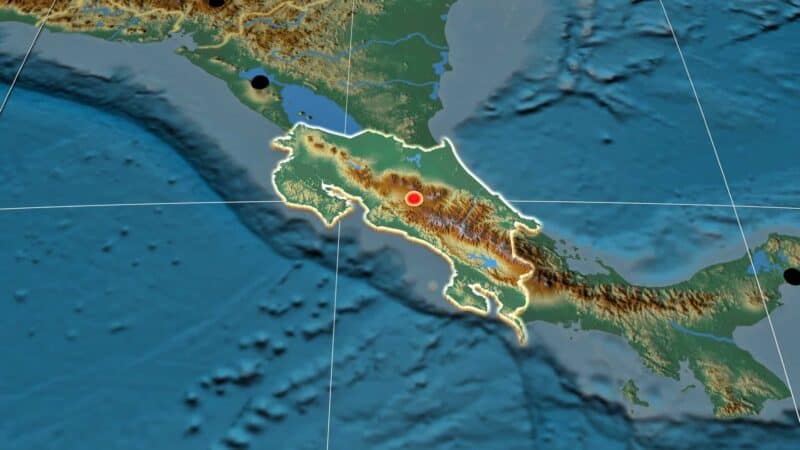
#2
Costa Rica is in South America.
Costa Rica, of course, is actually in Central America. But here’s an even trickier question: What continent is Costa Rica on?
Since there are only seven continents in the world (Asia, Africa, North America, South America, Antarctica, Europe and Australia/Oceania), Central America is not a continent. The northernmost countries in South America are Colombia and Venezuela, so all of Central America, including Costa Rica, is actually part of the continent of North America.
Costa Rica is also not south of the Equator, which last we checked runs through Ecuador. However, Costa Rica is a tropical country, as it’s between the Tropic of Cancer (which runs through Mexico) and the Tropic of Capricorn (which passes through Chile, Argentina, Paraguay and Brazil).
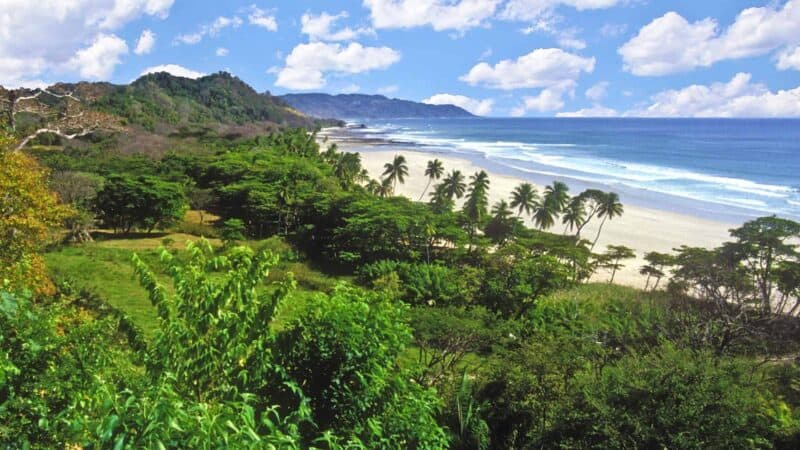
#3
Costa Rica is cheap.
Not so fast. Some people come here expecting the beauty of Hawaii and the prices of Sudan, but it’s not quite like that. The beauty, yes, but Costa Rica is one of the most expensive countries in the region. In fact, one list ranks San José as the fifth most expensive city in all of Latin America, which includes both Central and South America.
Sure, you can find bargains here. But generally speaking, the prices of restaurant meals, groceries, consumer goods and real estate are comparable to anything you’ll find back home.
One noteworthy exception: If you come from a really pricey area like Silicon Valley or Manhattan, you may find the prices of buying a home or renting an apartment much lower here – and that’s almost surely going to be your biggest expense.
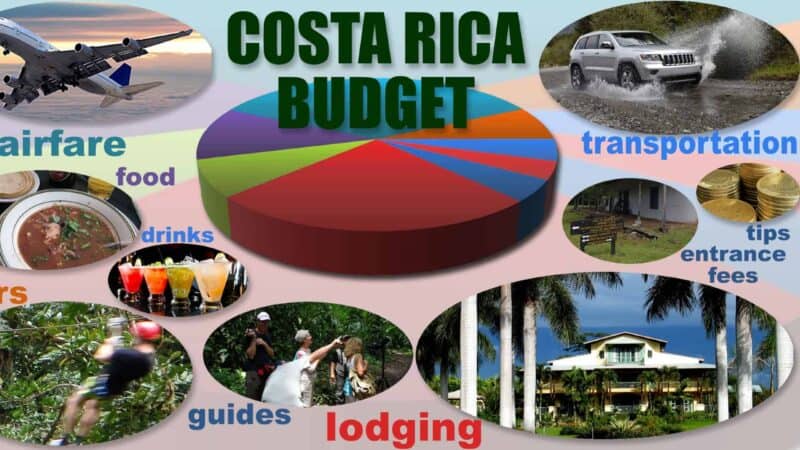
#4
Costa Rica is dangerous.
Says who? One list, based on the 2020 Global Peace Index, ranks Costa Rica the safest country in all of Latin America – No. 1 with a bullet.
There is crime here, of course – mostly property crime like theft of poorly guarded belongings. Violent crime against tourists is extremely rare. But occasionally, horrific and fatal crimes do occur here, even against tourists (as they do virtually everywhere). These crimes tend to generate a huge amount of press coverage, leading to the impression that Costa Rica is a dangerous place to visit. But by taking a few reasonable precautions, you should have no trouble here.
By comparison, the United States is ranked by one survey as one of the 20 most dangerous countries in the world for foreigners to live in.
Subscribe to our newsletter
to stay up to date
#5
Costa Rica has terrible roads.
Yes, Costa Rica has some terrible roads, but they’re usually at, well, the end of the road. Washboard dirt roads with bone-jarring potholes and unbridged creek crossings do occur in rural areas throughout the country, but these aren’t the norm.
Costa Rica’s newest freeway, between Liberia and Cañas, is as fine a road as you’ll find anywhere. The “Costanera Sur” (southern coastal highway) that leads to Jacó, Manuel Antonio, Dominical, Uvita and Palmar Norte is a dream to drive. Highway 27, the toll road between the capital and the coast, is also almost perfectly paved, though often lacking in passing lanes.
If you choose to rent a car, you’ll find that most of Costa Rica is easy to drive. But having said that, you may need nerves of steel to drive in the helter-skelter capital of San José, which we wouldn’t necessarily recommend. Driving at night is not recommended either, virtually anywhere.
In many places, you’ll have to get used to one-lane bridges where signs indicate which side has the right of way. Also, don’t be shocked if you sometimes encounter cows on the road.
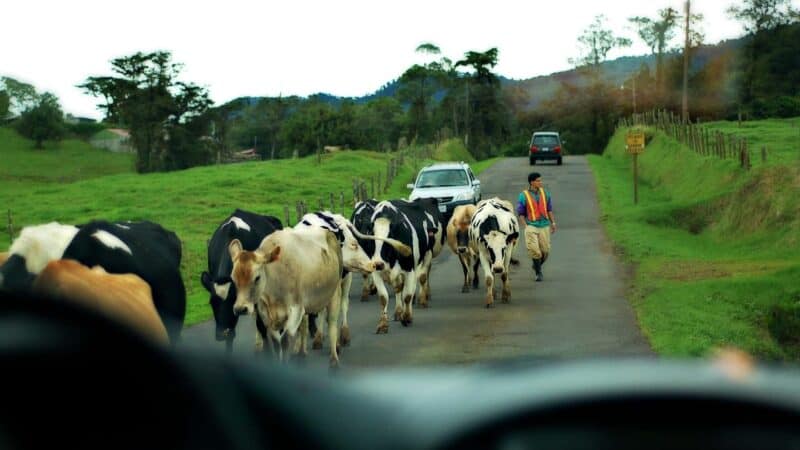
#6
It doesn’t rain from December through April.
The best myths are wrapped around a core of truth, and this is one of them. The great majority of Costa Rica’s population lives on the Pacific side of the country, most of which indeed experiences a dry season from November/December through April. The rainy season on the western side of the country starts in May and reaches a crescendo of downpours in September and October.
Yet on the Caribbean side of the country, rain patterns are totally different, and almost reversed. In the Limón Province, September and October may actually be the driest months of the year. There’s a saying on the Caribbean that there are two seasons here: the rainy season and the very rainy season.
Costa Rica is a land of many microclimates, and no two are exactly the same. Nor does every year deliver the same weather. One rule that’s generally true is that in any season, it tends to rain mostly in the afternoon, allowing people to do whatever they want to do under clear skies in the morning.
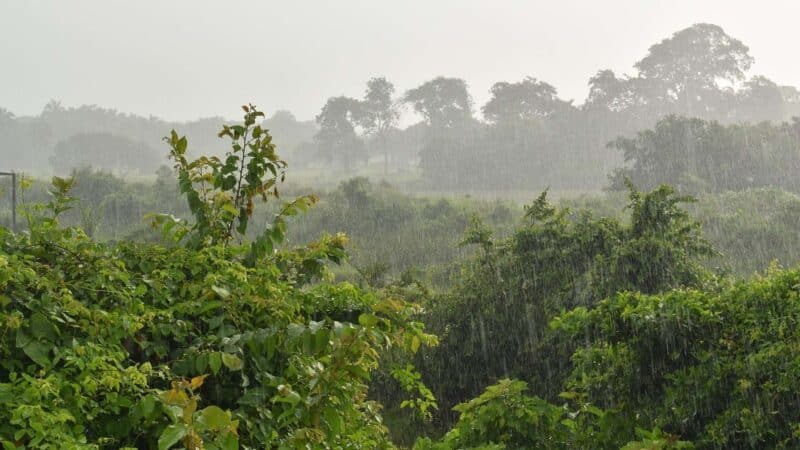
Also worth noting: The dry season is not “better” than the rainy season, and in fact many people prefer the rainy season for the cooling effect, the earthy smell of rain and the way it turns all the foliage so green. Plus, downpours tend to be brief, so one rainfall is not going to ruin your day.
#7
Most Costa Ricans speak English.
Tourists who deal with bilingual shuttle drivers, hotel clerks, tour guides and other tourism professionals may come to the conclusion that almost all Costa Ricans speak English. But in fact, these people get these jobs in part because they speak English, and they are the exception, not the rule.
According to one statistic sometimes cited (though of uncertain sourcing), 10.7% of Costa Rican adults speak English. That percentage would be much higher on the Caribbean coast, where there’s a thriving Afro-Caribbean culture that mostly originated from the British colony of Jamaica near the turn of the 20th century.
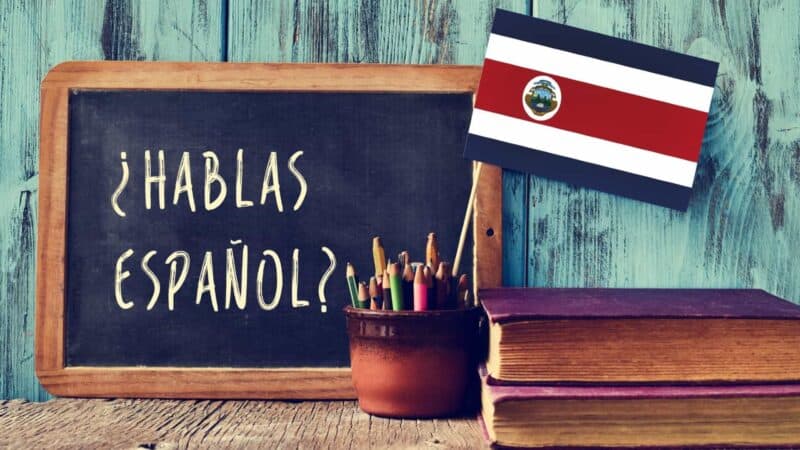
#8
Don’t drink the water or eat fresh produce.
Tap water is actually safe to drink in almost all of Costa Rica. You may like the taste of bottled water better (and some Costa Ricans do too), but generally speaking there’s no reason to avoid tap water for safety reasons. One tip: Wherever you’re staying, ask the management and staff if they drink the water. With rare exceptions, they’ll say yes.
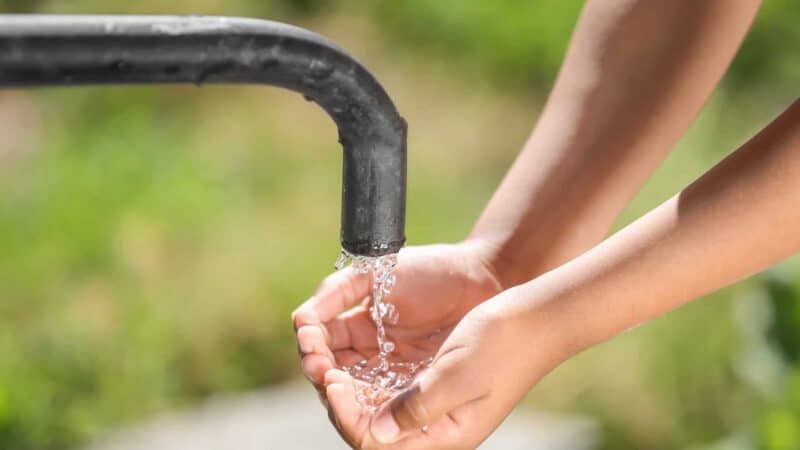
It’s also nonsense that you shouldn’t eat fresh fruit or vegetables. Whether you buy these at a grocery store or a farmer’s market, produce is generally safe, though of course you should wash (or peel) fruits and vegetables first.
#9
It’s always hot in Costa Rica.
Just wait until you visit Monteverde or the Los Santos region, where you’ll be grateful for a fireplace, wool blankets and a warm jacket. Costa Rica ranges in elevation from 0 at sea level to 12,533 feet (3,820 meters) on top of Mount Chirripó.
Or drive the highway over the Cerro de la Muerte sometime in shorts and a T-shirt, and you’ll find out that it’s called “the Hill of Death” because in the old days people froze to death trying to cross it on foot.
Costa Rica does have very consistent temperatures year-round, but the averages in each place depend entirely on elevation. In other words, in hot places it’s usually hot and in cold places it’s usually cold. Because Costa Rica is only 8 to 12 degrees north of the Equator, temperatures vary little throughout the year in each place. So don’t expect winter to be cold and summer to be hot.
According to weather-and-climate.com, the average temperatures in Tamarindo, typical of beach towns on the Pacific coast like Flamingo and Playas del Coco, range from 78°F in September to 84°F in March. But the Central Valley, where most of the population lives, is considerably cooler year-round.
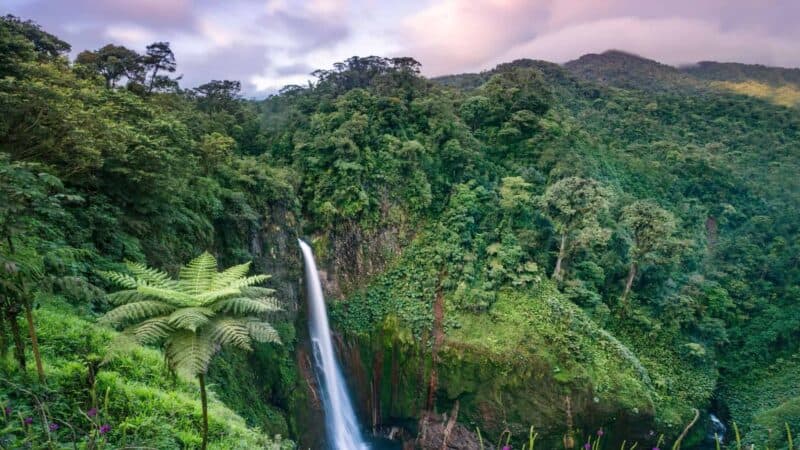
Also worthy of note: Weather reports in Costa Rica are both rare and unreliable, and television news normally doesn’t include any weather report. This is because all TV news is national, and it’s nearly impossible to predict what the weather will be like everywhere.
#10
Costa Ricans love their government, especially the free health care.
This one is a bit tricky, as Costa Rican do love their country, but that doesn’t mean they love their government. In fact, bashing the government is a national pastime, and you’ll find many Costa Ricans happy to opine that the politicians running this country are all a bunch of crooks.
And to be fair, with the national political scandals that have rocked this country recently (see: cementazo, cochinilla and diamante), many of the rich and powerful politicos with their sticky fingers in the public pie have given the country little reason to trust them.
Foreigners, actually, are more likely to praise the Costa Rican government as a model for its excellent education, health care and lack of an army. It is true that Costa Rica has historically been the most peaceful country in a war-torn region, and it’s the most stable democracy in Central America.
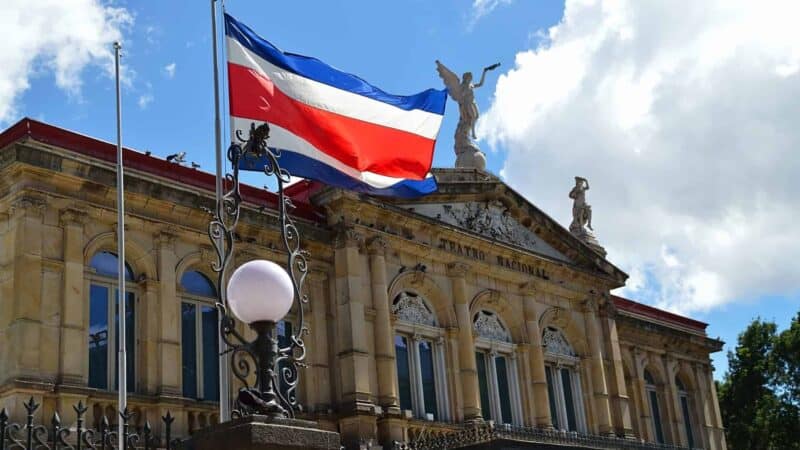
But speaking of the universal (but not free) health care offered by the Caja Costarricense de Seguro Social, many Ticos will tell you that it’s a dysfunctional bureaucracy where it takes forever to get an appointment and you still have to sit in the waiting room for hours. But there’s no denying that Costa Rica has first-world health care, especially at private hospitals.
If we left out your favorite Costa Rica myths, let us know in the comments. Otherwise, come on down to South America to enjoy the island life soon, but don’t bother bringing much money or a raincoat!
Subscribe to our newsletter
to stay up to date

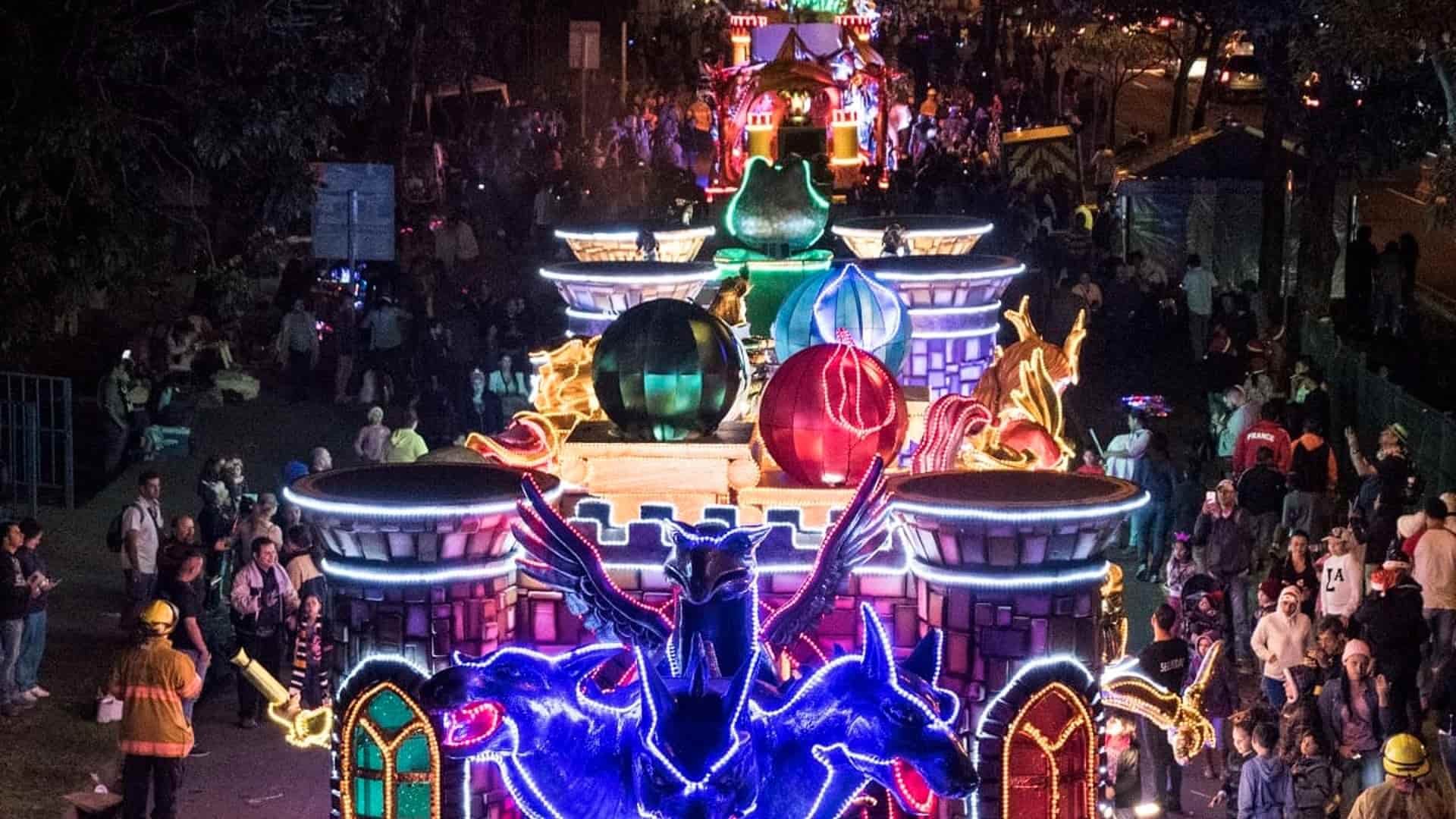
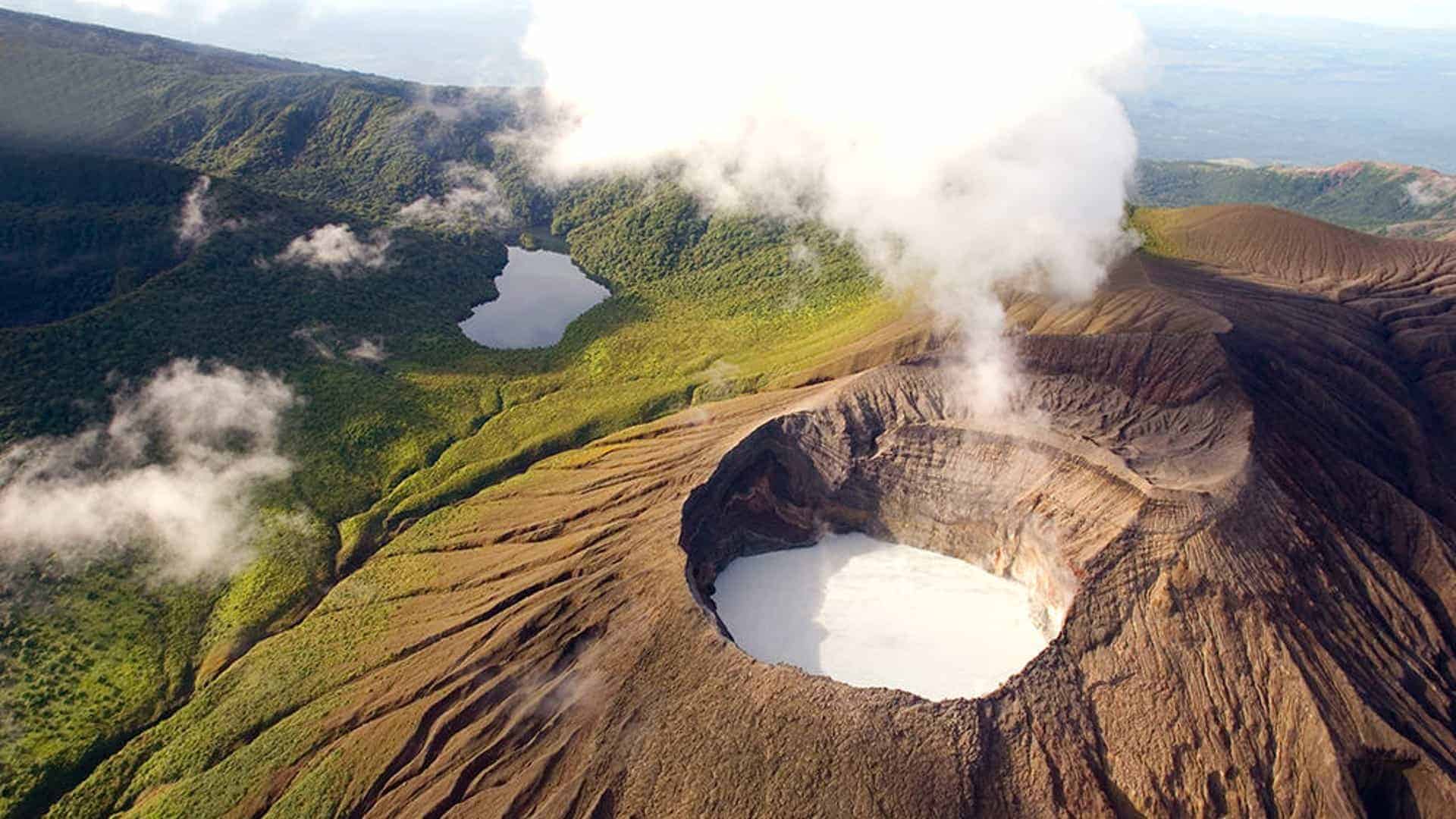
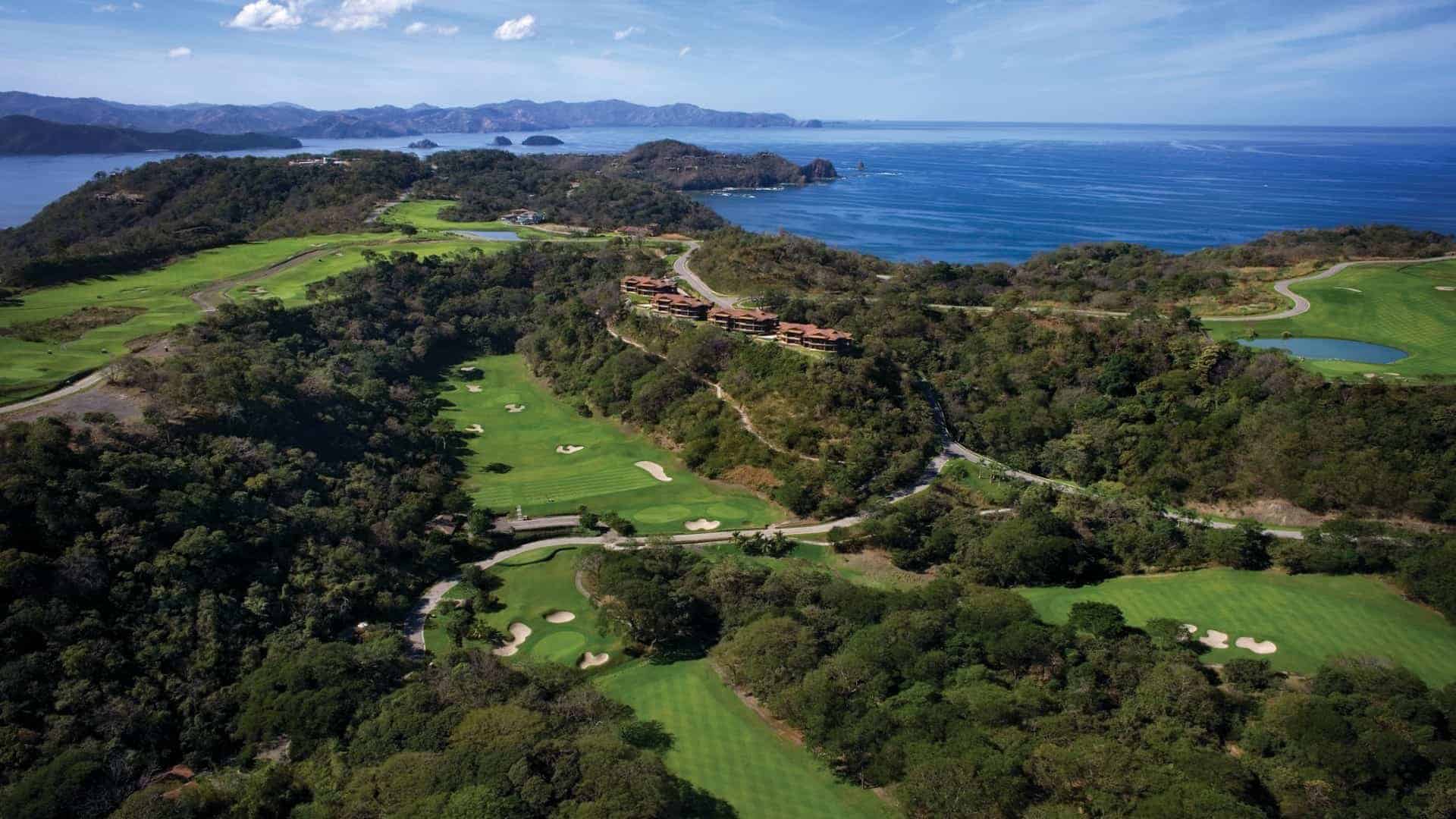
One Response
Taxation is very low……?